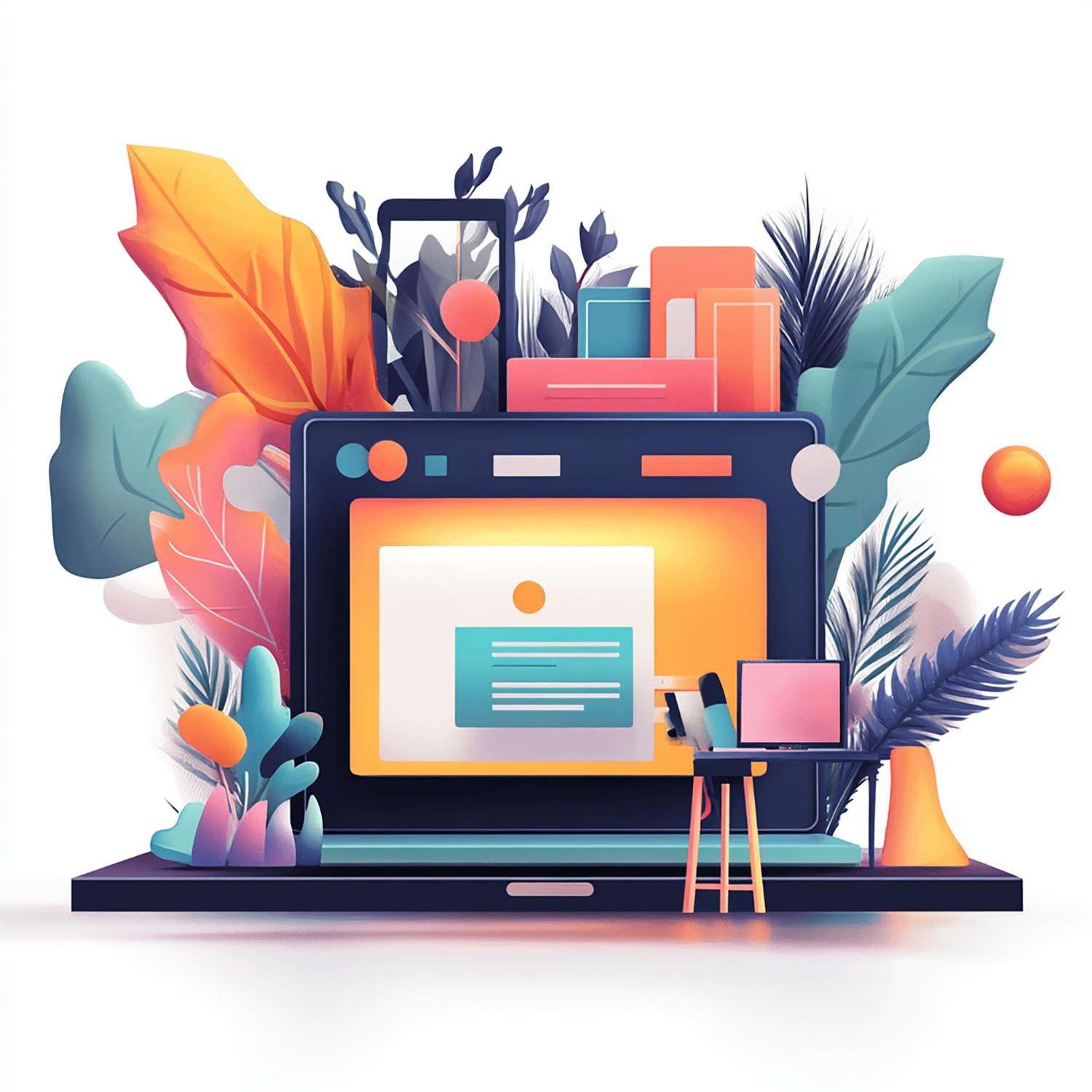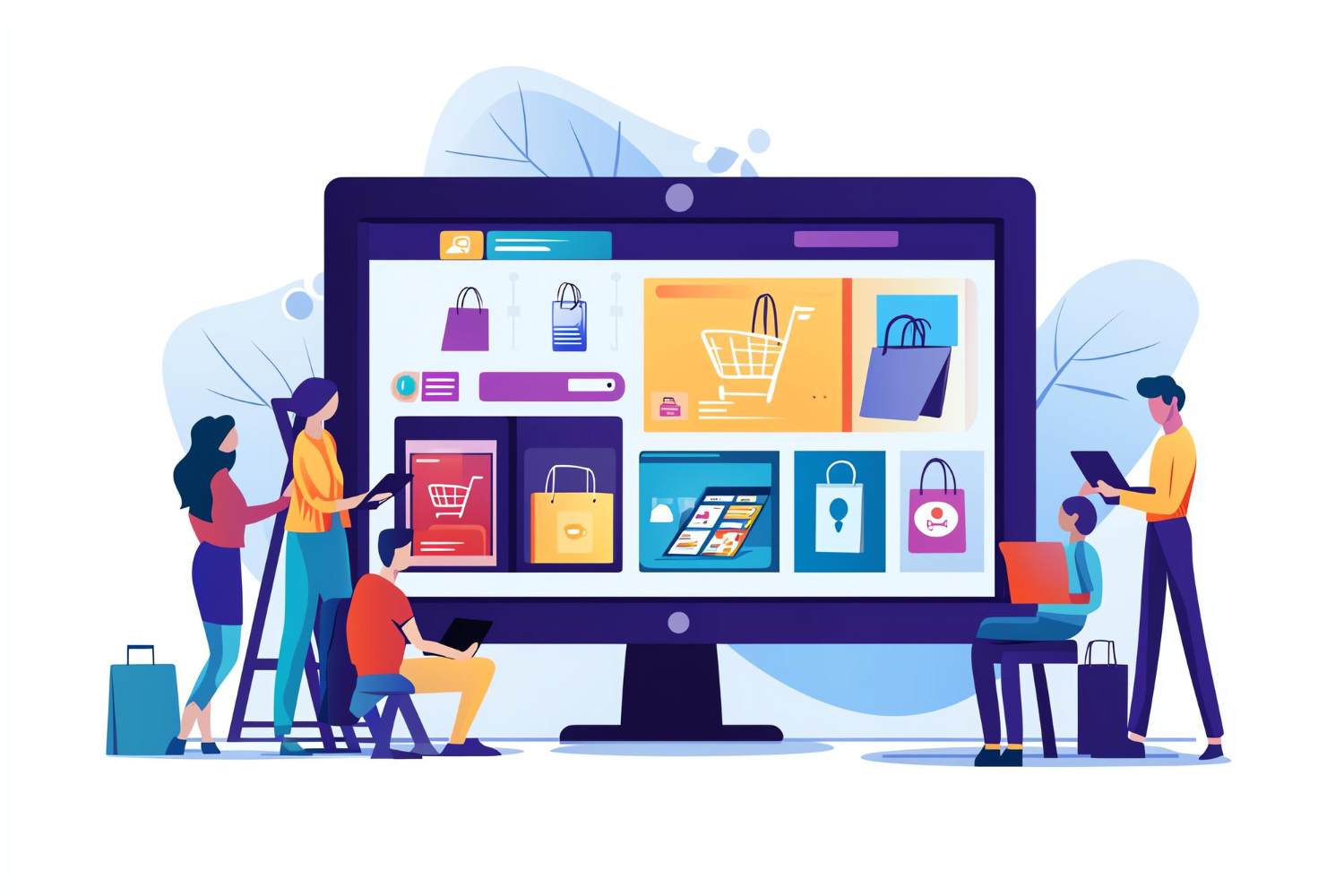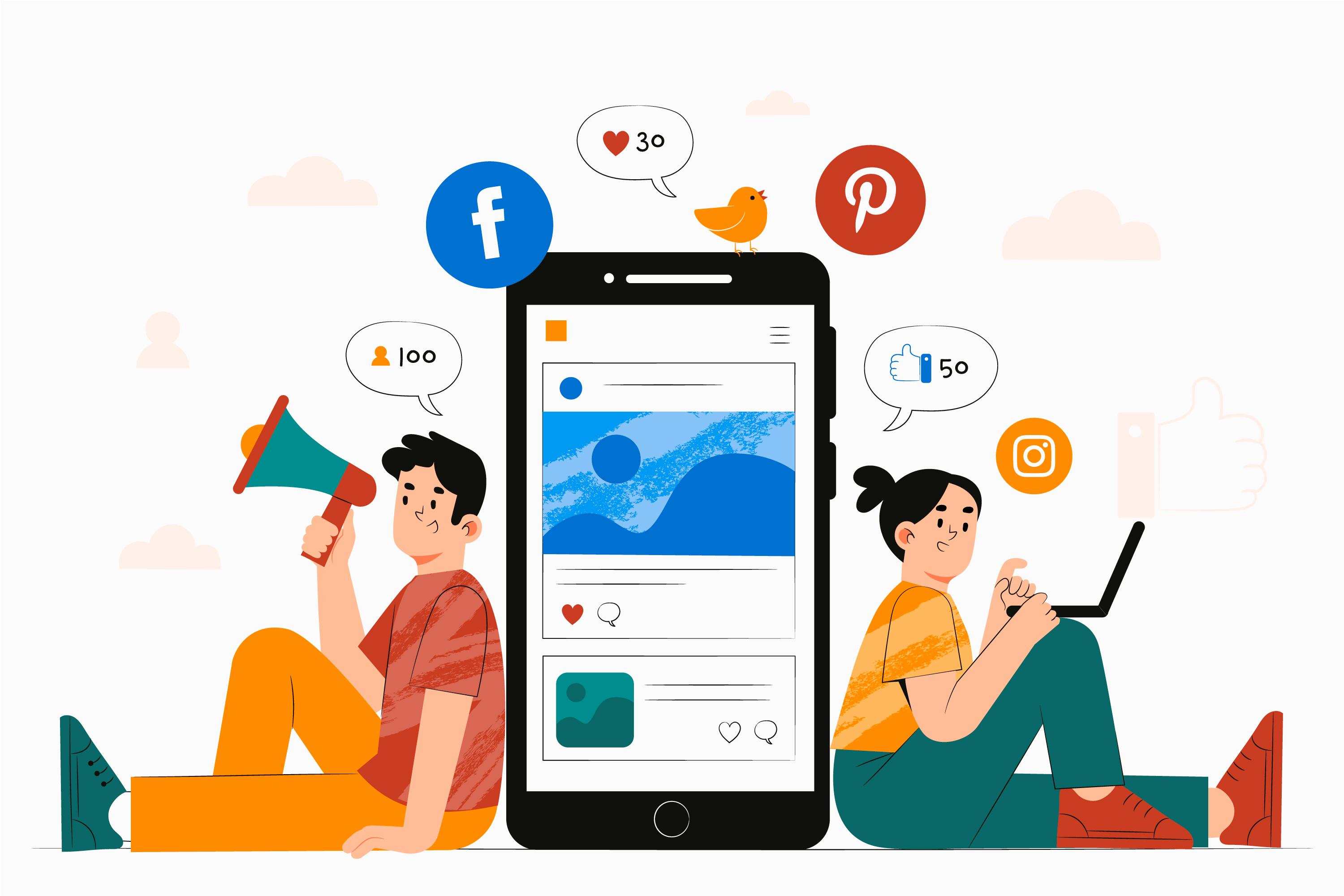1. The Rise of AI Powered Website Builders
Artificial Intelligence is no longer just a buzzword; it’s reshaping how websites are designed. Tools like Durable, 10Web, and Bookmark can now create full websites within minutes using only a few questions about your business. AI helps you skip repetitive work by generating layouts, color schemes, and even content ideas automatically.
If you haven’t explored how this works yet, check out our detailed guide on How AI is Changing Website Design, where we explain how these tools balance creativity with automation. However, remember that AI can’t replace your creative touch, it’s best used to speed up the process, not remove your personality from the design.
2. No Code and Low Code Platforms
Web design is becoming more accessible thanks to no-code tools like Webflow and Framer. These platforms let you create complex, interactive websites without writing a single line of code. For designers who want a bit more control, low-code tools provide a middle ground, where developers can fine-tune functionality while designers handle visuals.
If you’re unsure which platform suits your skills or business, take a look at our post on How to Choose the Right Website Design Platform for Your Needs. It breaks down how to find the perfect balance between simplicity and flexibility.
3. Motion, 3D, and Interactive Design
Modern websites are no longer static pages. With the growing use of 3D visuals, parallax scrolling, and micro-interactions, websites now feel more dynamic and immersive. Tools like Spline and LottieFiles make it easier to add motion effects without compromising performance or speed.
These engaging visuals not only capture attention but also help increase time on site and conversions. To understand how these enhancements affect user engagement, you can explore How to Measure Website Performance and Improve Your Design, where we dive deeper into performance metrics and optimization tips.
4. Cloud Based Collaboration
The future of web design is collaborative and cloud-driven. Teams can now work together in real time using tools like Figma, Canva for Teams, and Webflow’s collaborative workspace. This workflow eliminates version conflicts and makes the feedback process smoother for designers, marketers, and developers alike.
We’ve covered some of these advanced professional tools in Top Professional Web Design Tools for Developers and Designers, which explores how creative teams can collaborate effectively while maintaining design precision.
5. Voice and Accessibility Focused Design
As voice assistants and smart devices become more common, optimizing for voice search and accessibility is crucial. Modern web builders are now integrating accessibility features such as alt-text prompts, contrast checks, and voice-friendly layouts, ensuring everyone—including users with disabilities—can easily navigate your site.
Designing with accessibility in mind not only improves usability but also enhances SEO and user trust, helping your website reach a wider audience.
6. Smarter SEO and Performance Integration
The line between design and SEO continues to blur. Website builders today come equipped with built-in optimization tools—from automated metadata suggestions to advanced page-speed enhancements. Platforms like Webflow and WordPress are leading this evolution with updates that make sites faster and more search-friendly by default.
For more insights into how design directly impacts visibility and ranking, visit our article on How Design Affects SEO and User Experience. It explains how smart design choices can boost performance and drive organic traffic.
Final Thoughts
Website design tools are evolving to make creativity faster, smarter, and more collaborative. Whether you’re a beginner experimenting with AI tools or a professional using Webflow, the key is to stay adaptable. Trends come and go, but the goal remains the same—create websites that connect with people, drive results, and stand the test of time.
If you’re new to web design and looking to start strong, revisit our introduction to Best Website Design Software for Beginners. It’s the perfect place to discover your first tool and begin your creative journey with confidence.
Interesting Read
How to Choose the Best Website Builder for Custom HTML Editing



